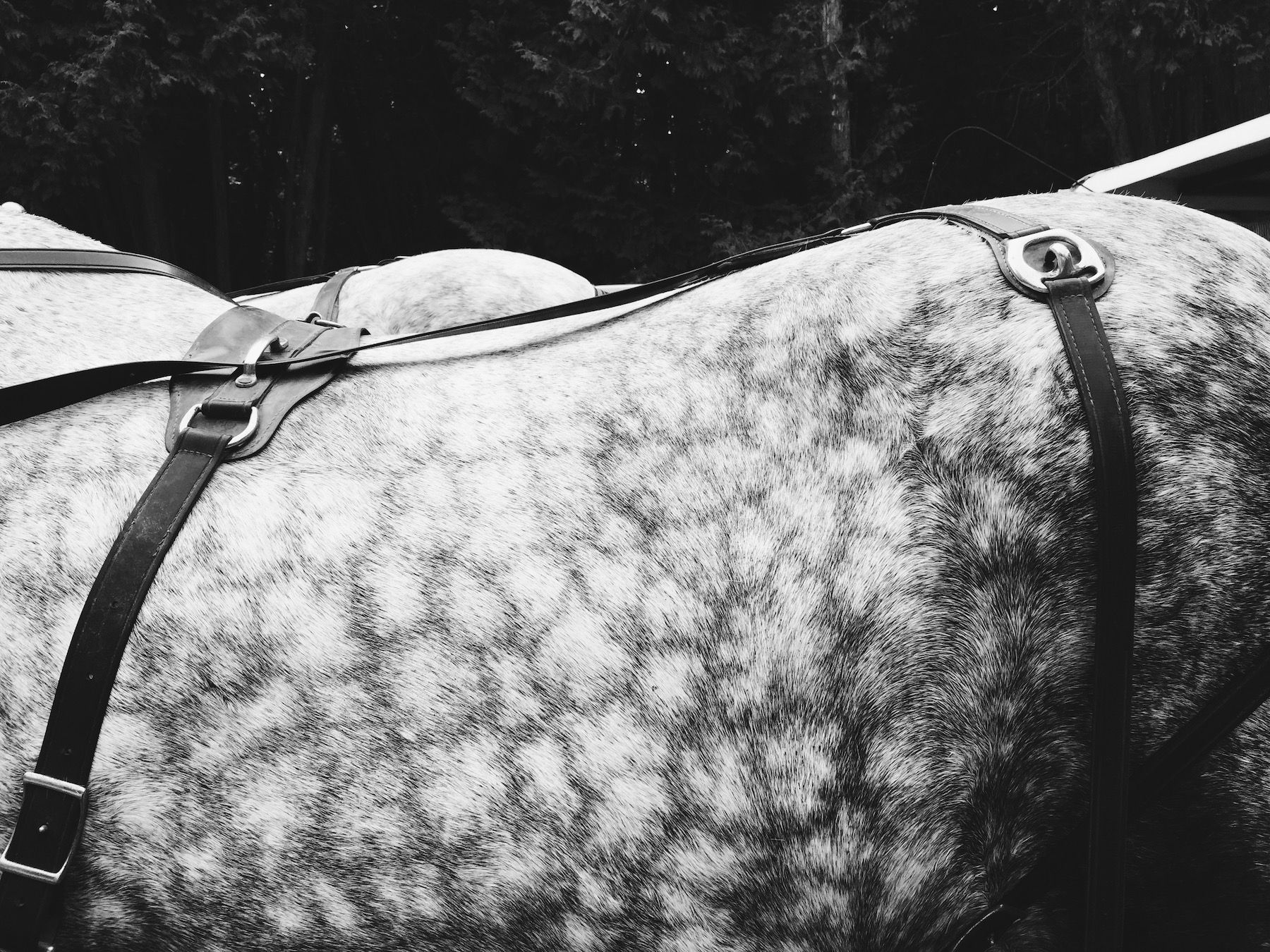No cars are allowed on the island. Horses and bikes are the primary means of transport. You can walk too (of course). The island is only four miles square and Main Street smells like fresh fudge and manure, a combination not all that unpleasant. After lunch we rent bikes – D and L on a tandem, I’m on a single-speed. We pedal toward the interior.
It’s one of those colonial wartime islands, first commanded by the British and eventually taken over by the U.S. at a time when having strategic high ground meant having the literal high ground. Before that, it was home to the Iroquois and the Anishnaabek. Long before that, glaciers. The same ones that dug out the Great Lakes and filled them with water, like a good heartbreak. At the highest point of the island they’re building a replica of a fort that is no longer there. The lumber, white pine, is still blond; stacks of palisades lie to the side of a moat not yet filled with water.
Some other things, out of order:
- The Grand Hotel, a resort hotel built in the nineteenth century with the longest front porch in the world. I stayed here once for a high school public speaking competition.
- A sugarloaf boulder, made of limestone, pockmarked with fist-sized cavities, one of which contains my whispered secrets.
- A wooden gong in the shape of a turtle, the words “Spirit Garden” in both English and Chippewa on a plaque above. Next to the turtle gong: a thin but sturdy totem pole. The hill behind them, I learn eventually, isn’t an ordinary hill but a burial mound.
And later, making faces at a toddler on her mom’s shoulder on the evening ferry back to the peninsula. Still later: sitting on the beach near our campsite for the Fourth of July fireworks, put on every year by a resident who can afford hire someone to design his fireworks show. And all throughout: being eaten alive by mosquitos in the woods.
I don’t mind. They need the blood more than I do.
